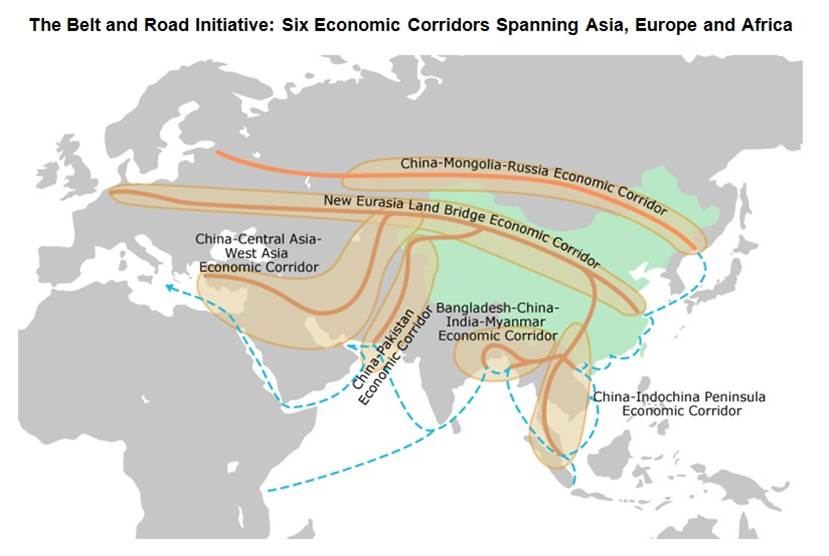7667766266
enquiry@shankarias.in
The year 2023 marks a decade since China’s ambitious infrastructure funding project, the BRI, was first outlined by President Xi Jinping.

|
Main Takeaways from China’s Belt and Road Forum 2023 |
|
Apart from the BRI, Chinese President also proposed 3 other Initiatives over the years - Global Development Initiative, Global Security Initiative and Global Civilization Initiative.
|
China Pakistan Economic Corridor (CPEC) |
|
References